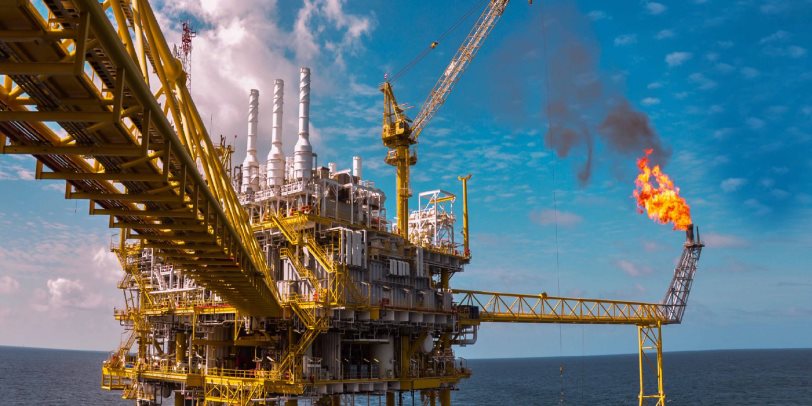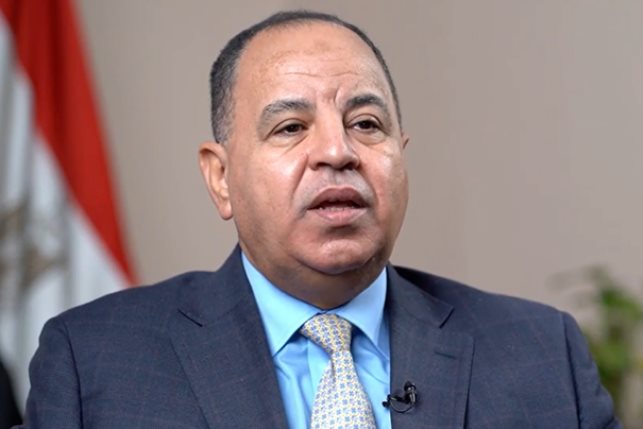Egypt to increase oil production by 9% in FY2024/2025
Foreign companies will invest about $4 billion in oil development and exploration in Egypt, especially in the Western Desert and the Gulf of Suez, during FY2024/2025, according to the source.

Egypt aims to increase crude oil production by about 9% during FY2024/2025, to reach 637 thousand barrels per day up from 580 thousand barrels currently, a government official said to Asharq Bloomberg.
Foreign companies will invest about $4 billion in oil development and exploration in Egypt, especially in the Western Desert and the Gulf of Suez, during FY2024/2025, according to the source.
Egypt annually consumes about 12 million tons of diesel and about 6.7 million tons of gasoline.
Additionally, the increase in domestic oil production would result in a decrease in the expenditure on importing petroleum products. This is particularly beneficial for Egypt as it currently faces a shortage of foreign currencies.
With the commencement of operations in new crude oil fields located in the Gulf of Suez and the Western Desert, along with expansions in existing fields primarily in the Gulf of Suez region, Egypt anticipates a boost in oil production. Notably, the North Safa and "North Gissum" fields play a significant role in this expansion.
The North Safa field, affiliated with the UAE Company Dragon Oil, is the largest oil discovery in the Gulf of Suez region, with an oil reserve exceeding 95 million barrels at the least.
This prompted Dragon Oil to adopt a production project with a total investment of $200 million.
Earlier in February, Minister of Petroleum and Mineral Resources, Tarek El Molla, said that Egypt aims to increase foreign investments in the oil and gas sector by about 25% in FY2024/2025, to reach $7.5 billion, up from an expected $6 billion in FY2023/2024.





